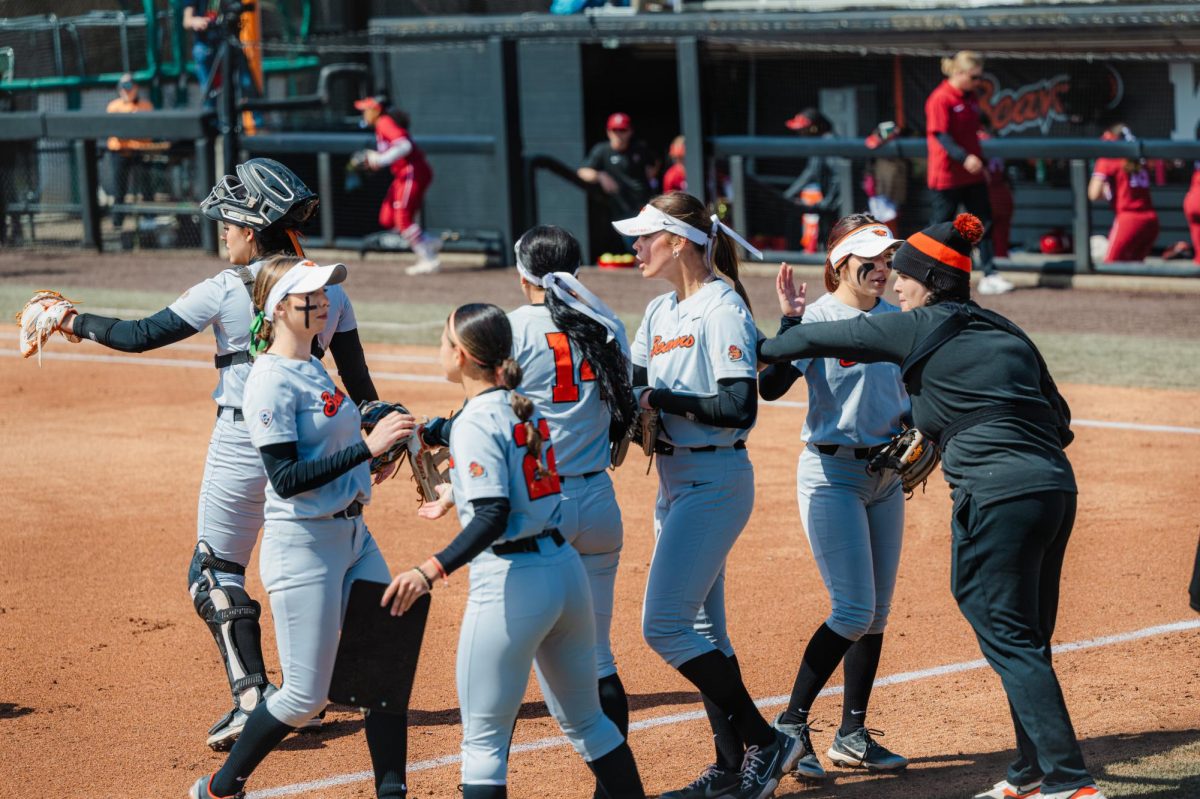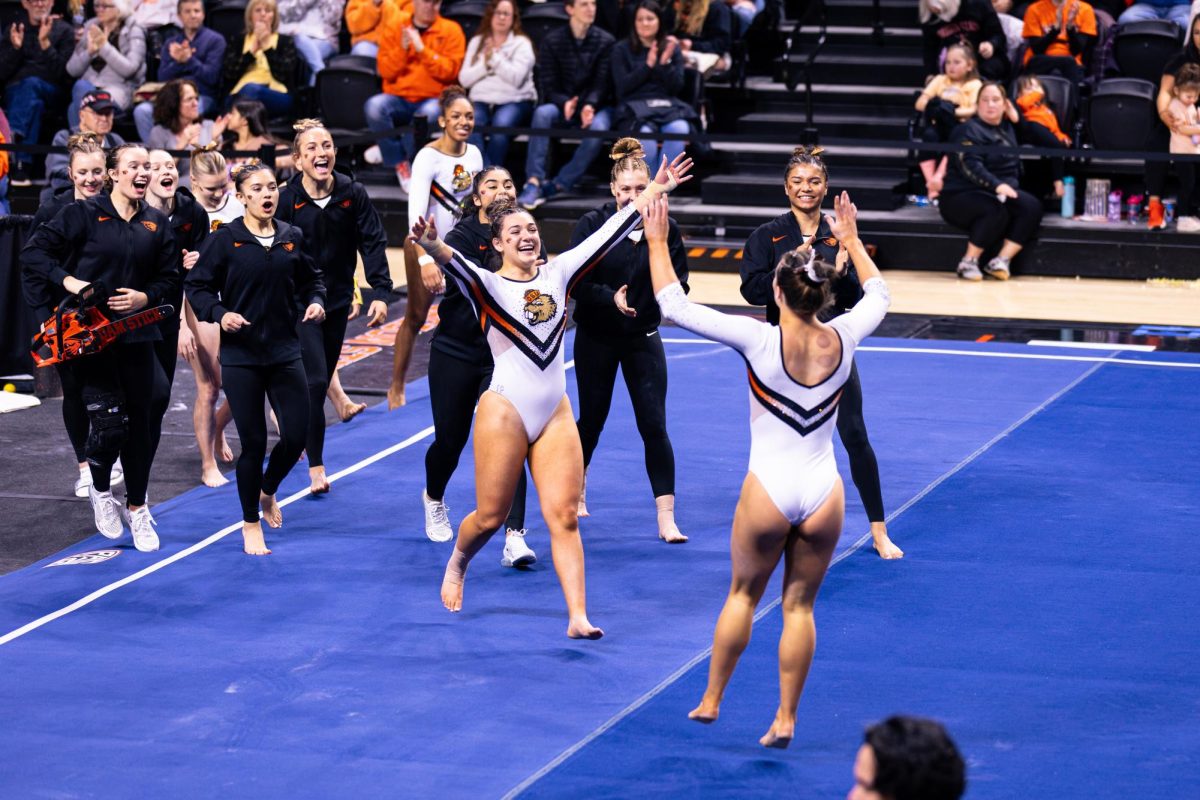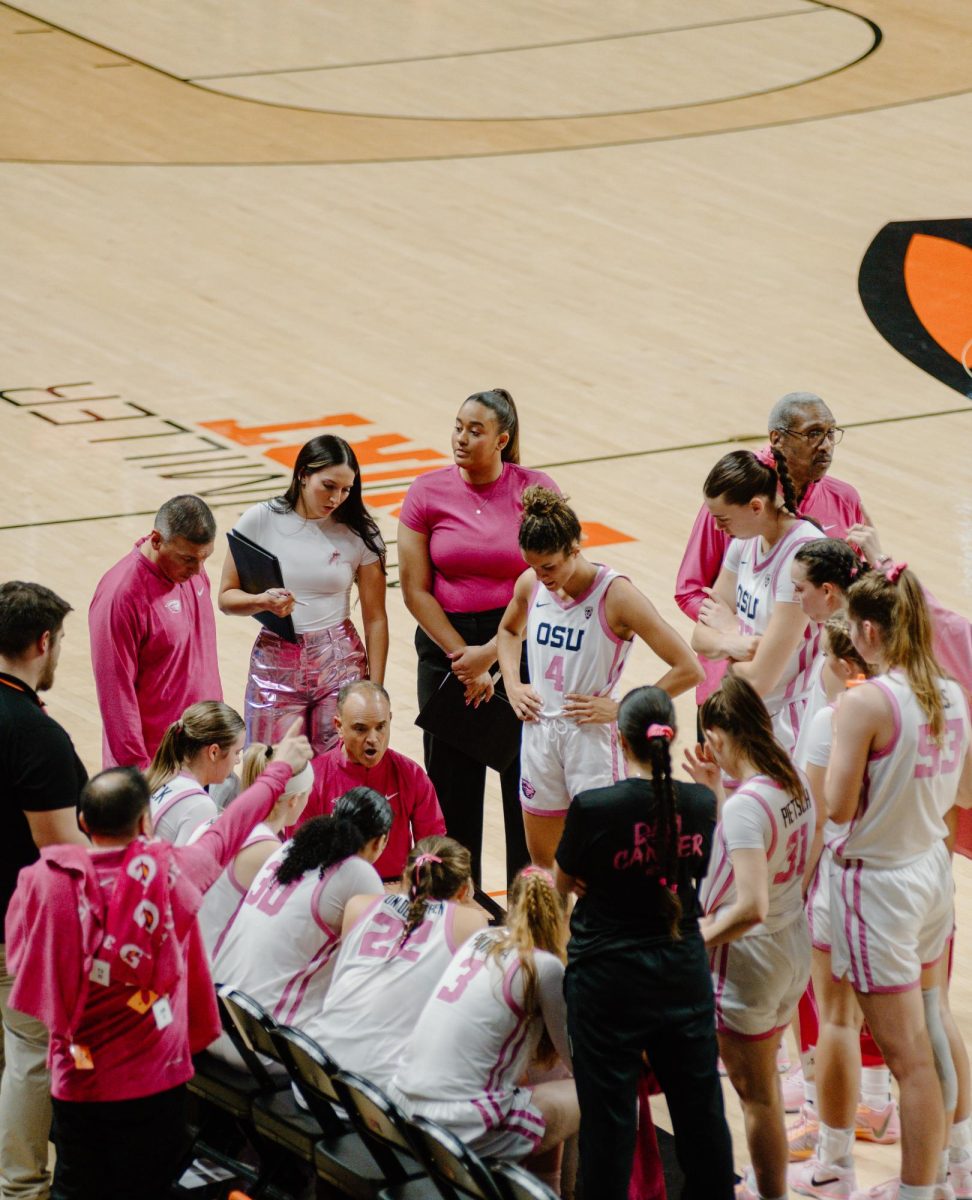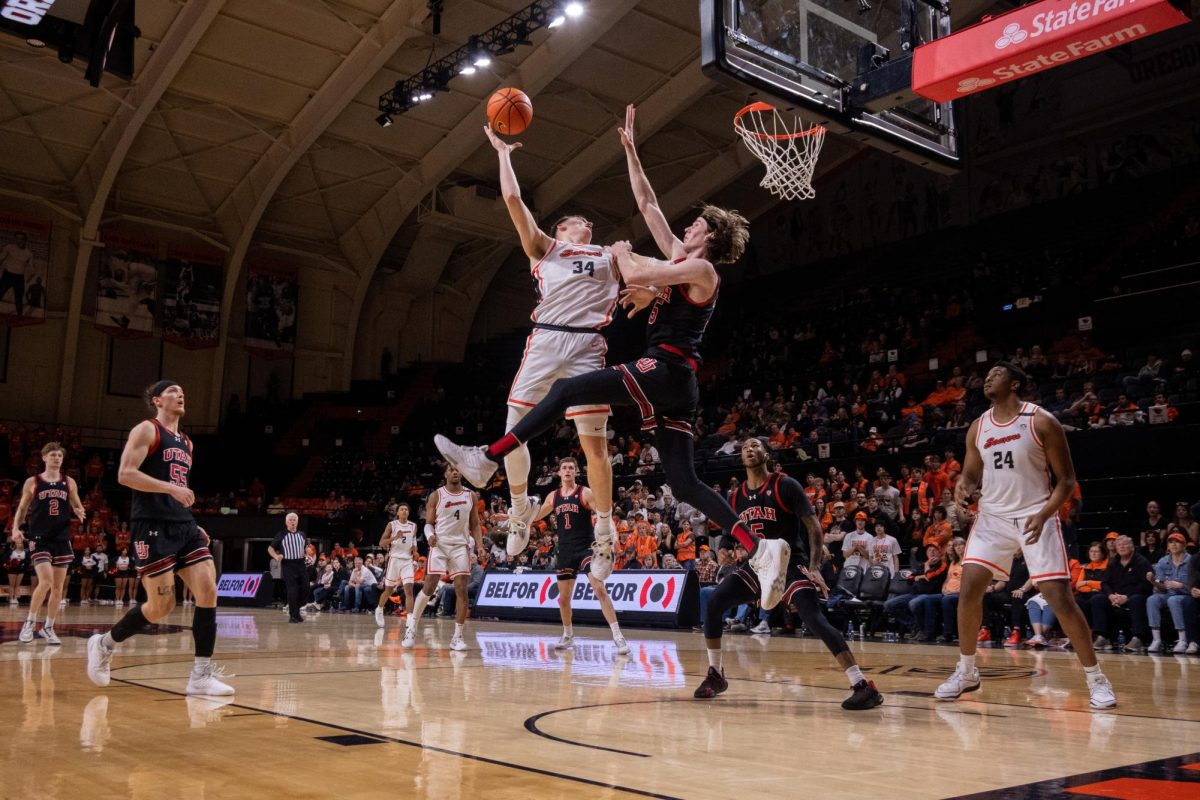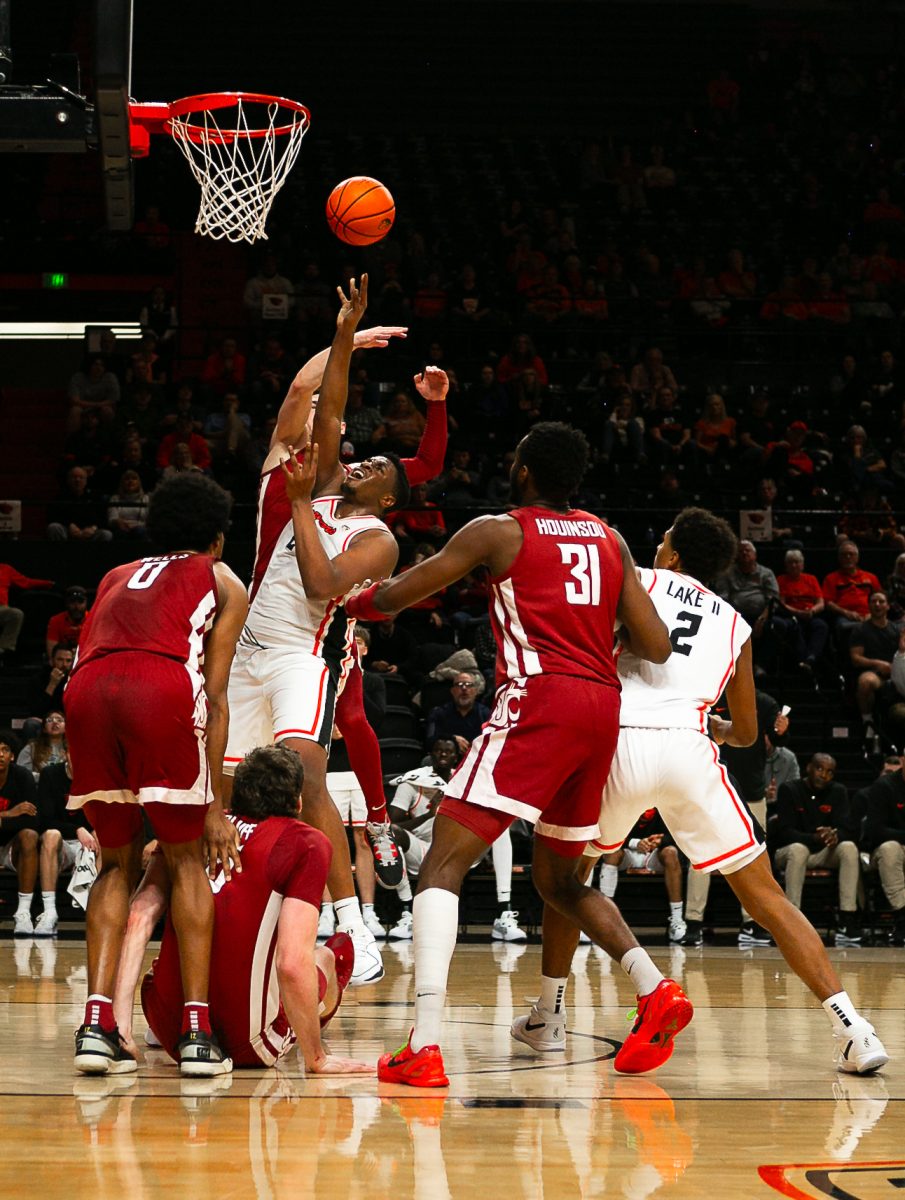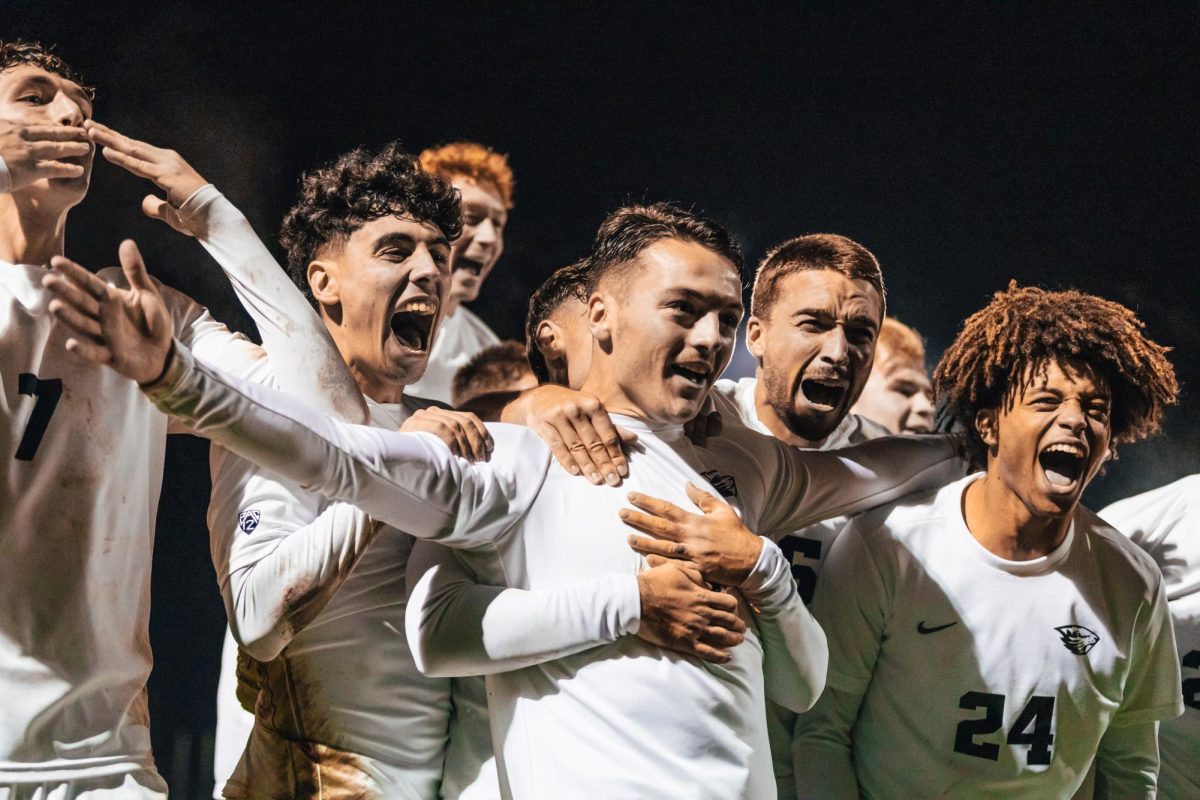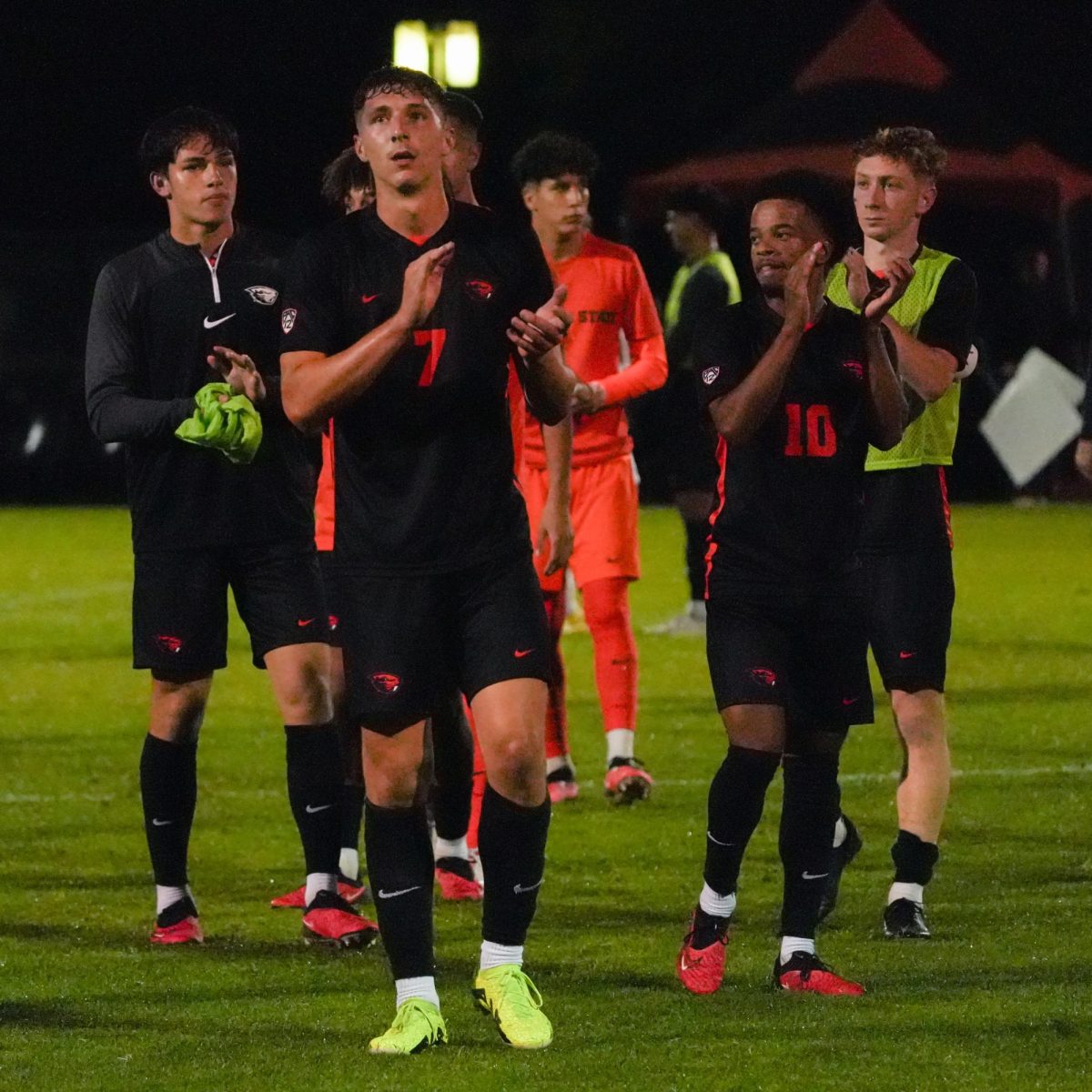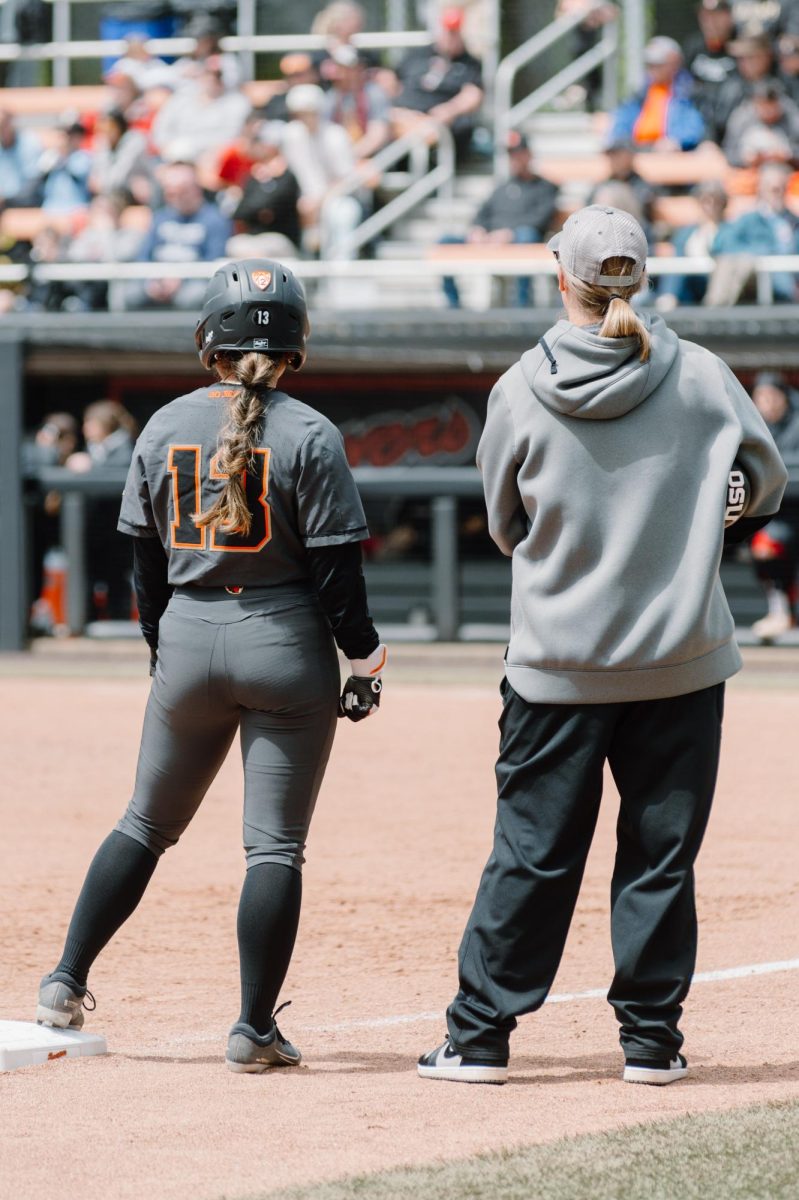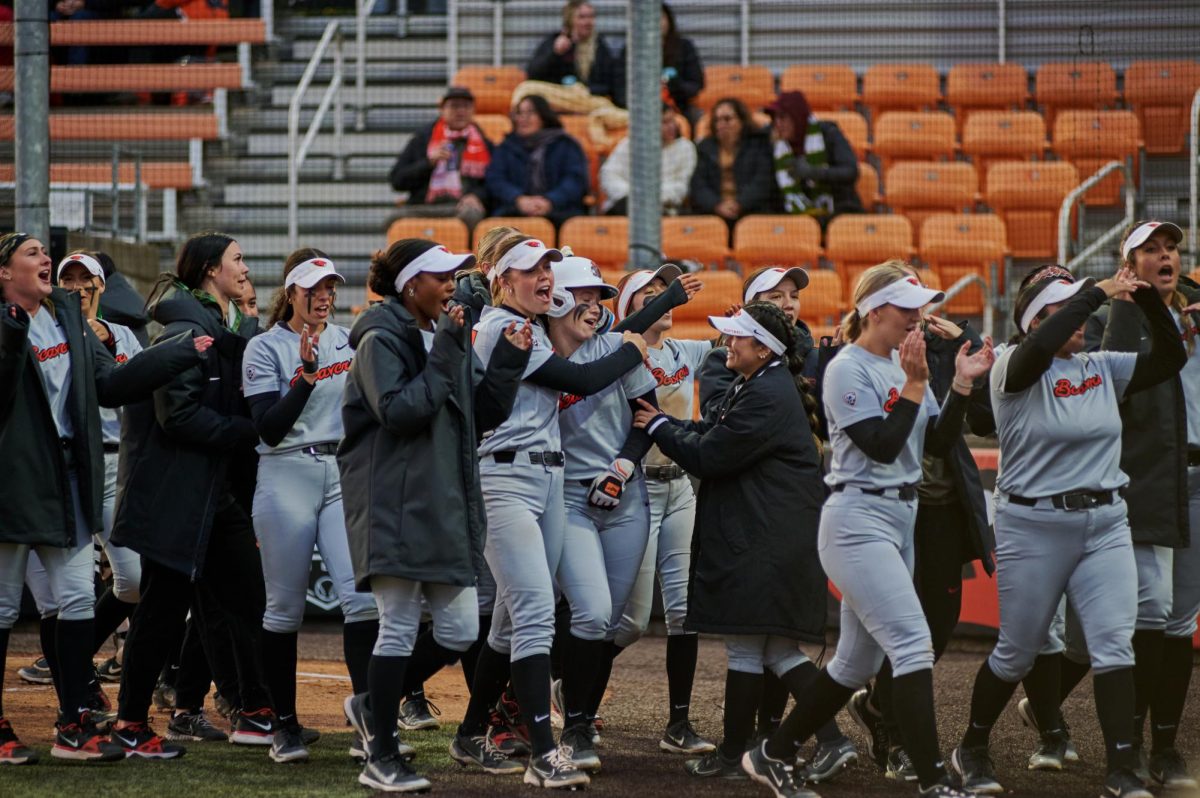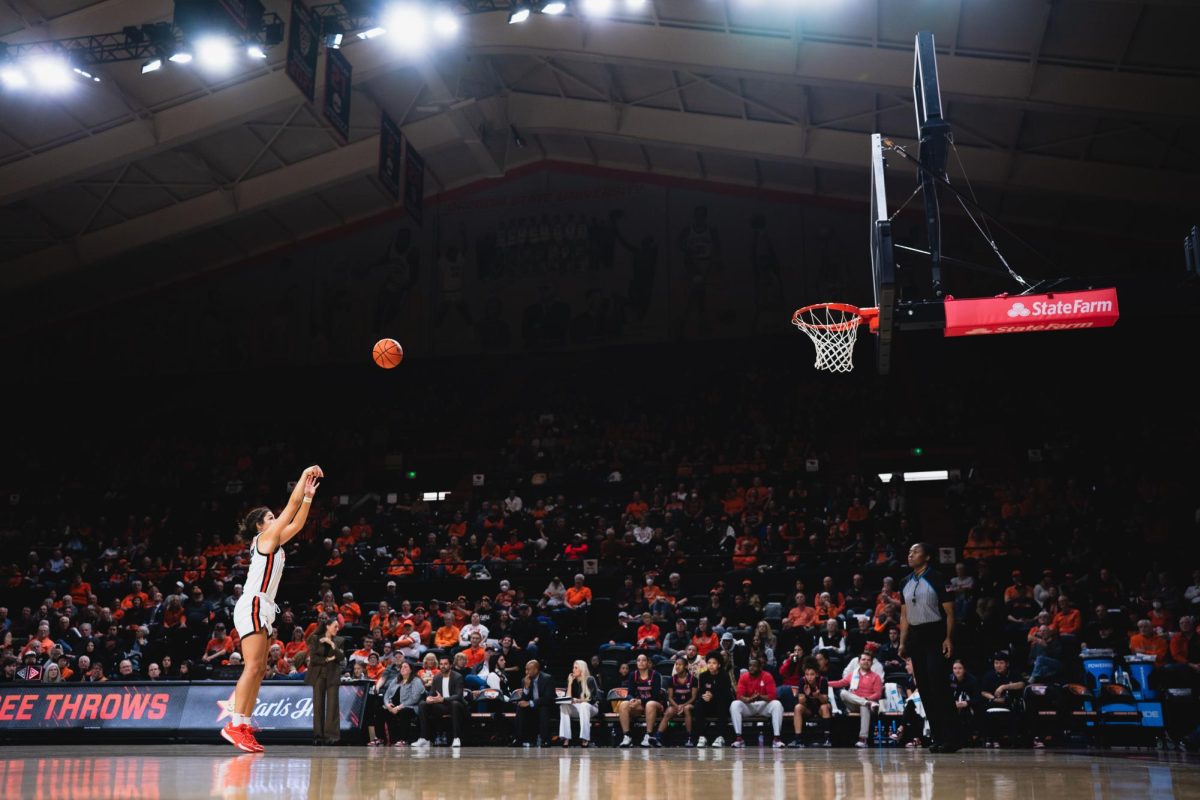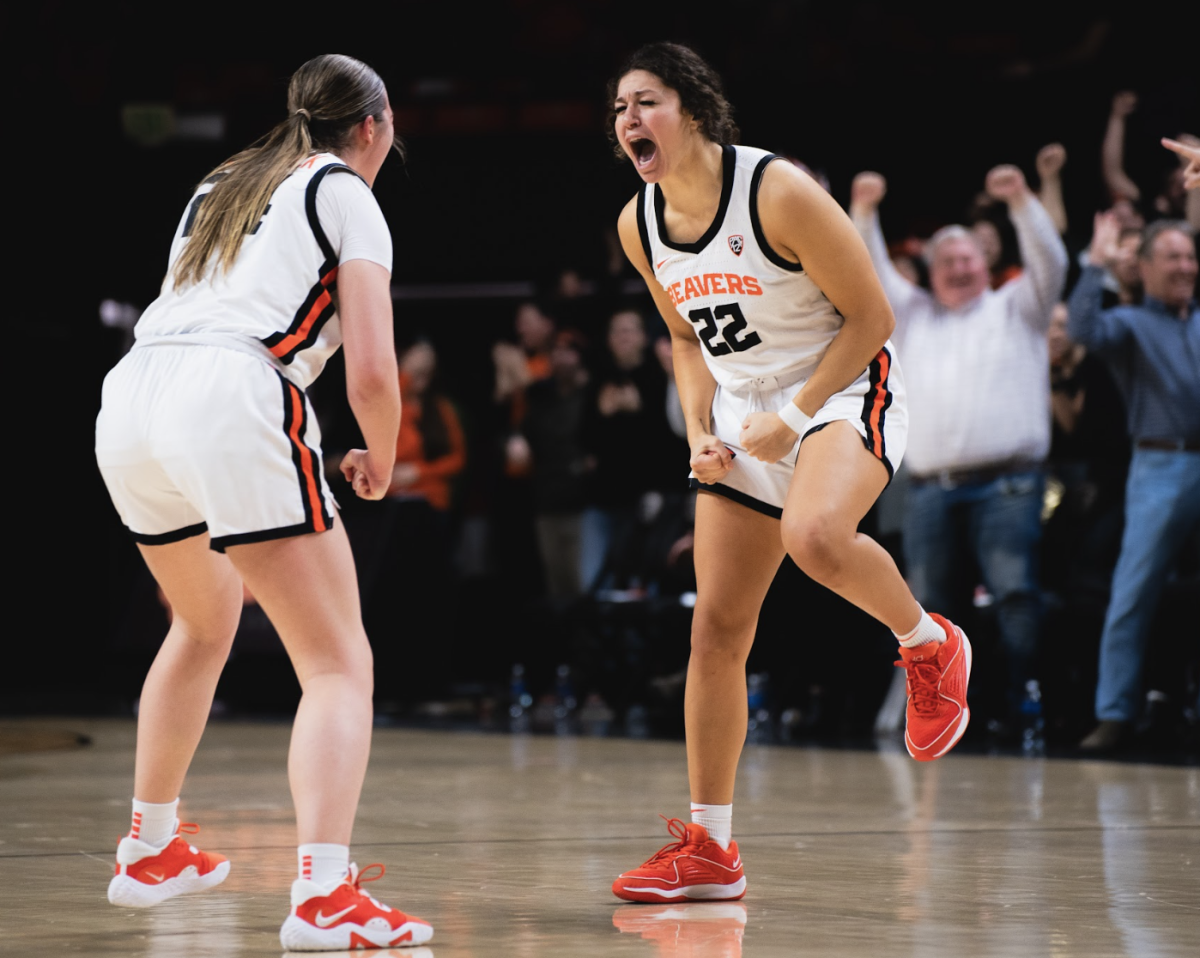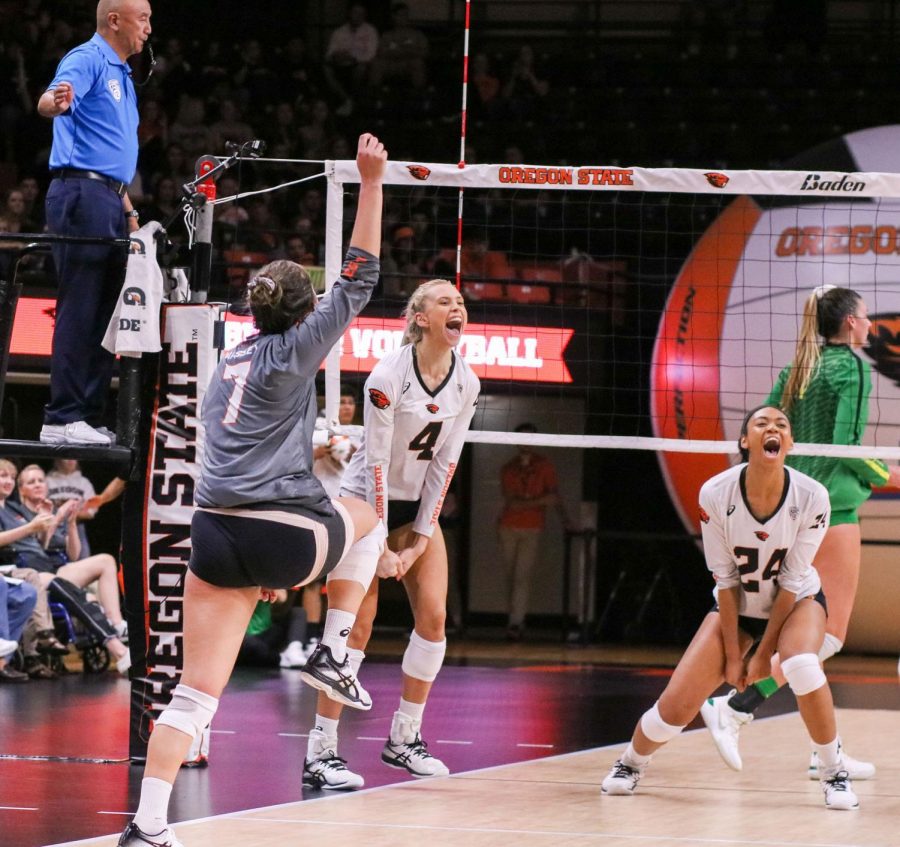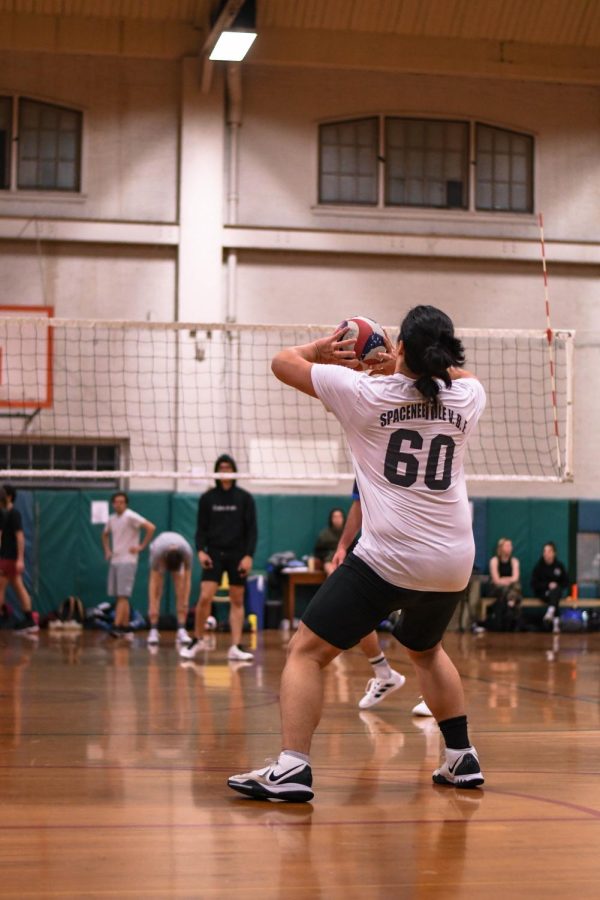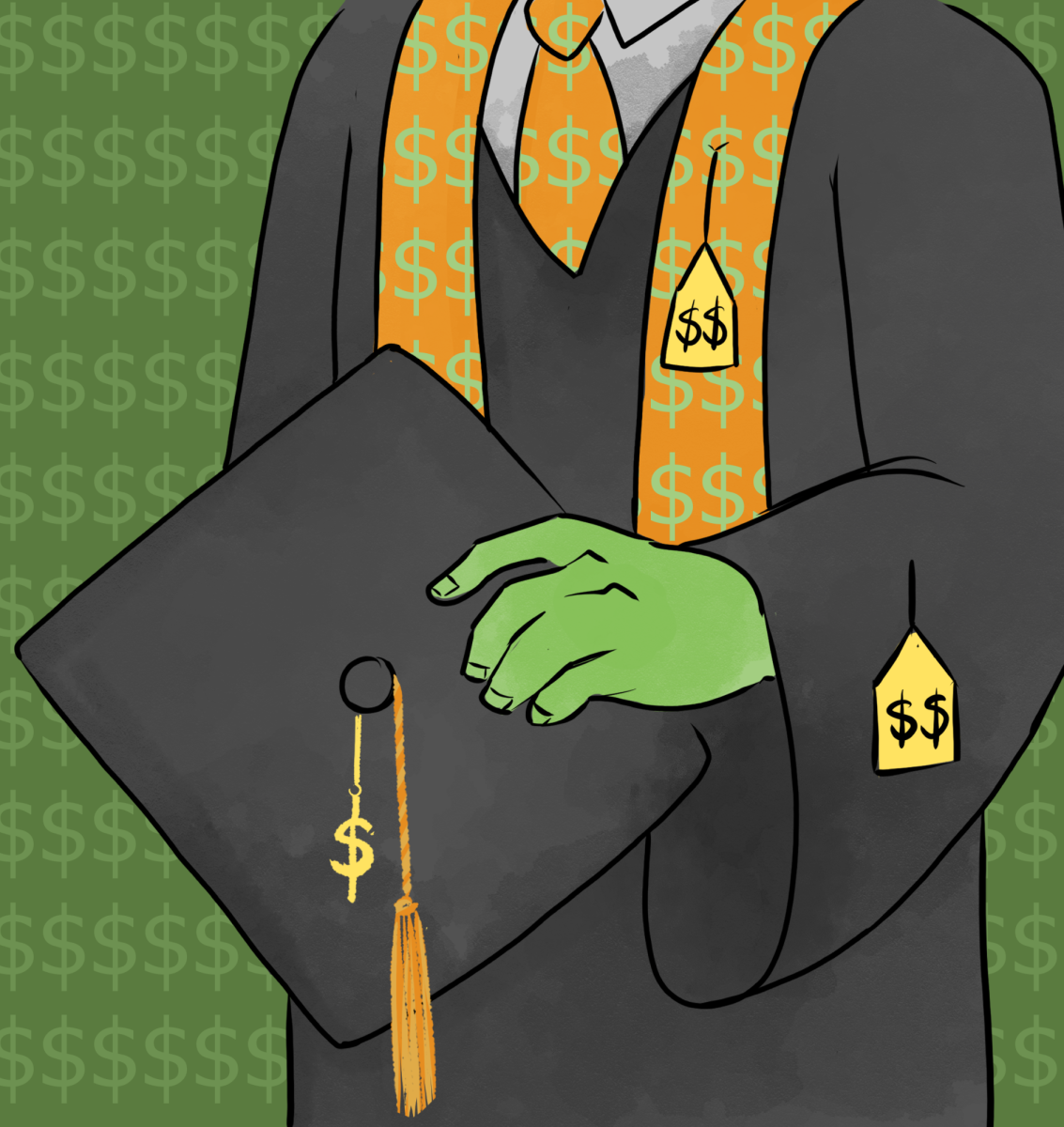Oregon State University seeks to increase first-year retention rates
February 25, 2016
Oregon State University President Ed Ray recently announced plans to not only get students to come OSU, but to also ensure that they remain there after their freshman years.
In his most recent “State of the University Address,” Ray pledged that OSU would raise its first-year retention rates from 84.4 percent to 90 percent by the year 2020. The university has implemented ‘OSU Strategic Plan 3.0,’ which focuses on improving retention and graduation rates.
The plan incorporates several support facilities on campus to help first-year students succeed. Susana Rivera-Mills, Vice Provost and Dean for Undergraduate Studies on campus, is one of the overseers of the plan. According to Rivera-Mills, some of the major factors that contribute to students dropping out during their first year include financial reasons, academic and emotional stress and personal challenges.
OSU has taken the first steps of identifying students that face these issues early on, River-Mills said.
“We are bringing technology in to help us be more proactive about student advising in order to be able to identify students who may be encountering challenges earlier on,” Rivera-Mills said. “This helps us provide timely support so that they can continue with their course of study.”
One of the programs intended to increase success for new students is the First-Year Experience, a program geared toward helping students take the first steps in being successful at OSU.
“Our first year experience is designed to help students adjust and to inform them of all of the resources that are available on our campus,” Rivera-Mills said.
Leslee Mayers, the associate director of New Student Programs and Family Outreach, facilitates the programs within in the First Year Experience. These programs include orientations such as START and on campus living for first-year students. The program also offers U-Engage courses and academic advising once a term for new students. According to Mayers, these four components of the First Year Experience were chosen based on national data that suggests students are more likely to be retained if a university offers these experiences.
“These components can all be tracked with data,” Mayers said. “Students tend to have higher GPAs when they live on campus their first year, they tend to perform well and benefit from U-Engage classes, and orientations help keep the overwhelming transition to college more manageable.”
Rivera-Mills also highlights other support programs on campus that are designed to help mentor students such as the Academic Success Center, the TRiO Program, EOP, CAMP and many more.
The Academic Success Center helps students by offering five services including the Writing Center, the University Exploratory Science Program, Academic Coaching, ALS classes and Supplemental Instruction.
Jesse Nelson, the director of the Academic Success Center, said the center plays a vital role in retaining first-year students.
“If you look at students pursuing a degree, there a three factors that determine if a student is going to stay; their experiences in the classroom, their experiences outside classroom and their financial situation,” Nelson said. “The ASC helps directly with the first two but, unfortunately, the financial piece is not as relevant to us, however we do help students with their course completion, which keeps them on track to receive their financial aid.”
The TRiO Program is another resource on campus that targets a more specific at-risk group of dropping out of college. Rivera-Mills said there are many challenges that some students can experience during their first year.
“We see retention gaps among students that come from lower socioeconomic backgrounds, who might be first in their family to attend college, or who identify as part of an underrepresented group,” Rivera-Mills said.
The TRiO Program works with students who have been admitted into any major or discipline in the university and, are low income, a first generation student or have a disability. The TRiO program offers helpful services such as free tutoring, a peer mentoring program, and free printing to help these students.
Amy Davila-Klautzsch, the academic counselor and peer mentor coordinator of the program commented on the difference between traditional college students and low income students, and the impacts of being a member of an underrepresented group on campus.
“First generation students do not have the same kind of support from home as traditional students and they often do not have someone to help them with the process,” Davila-Klautzsch said. “Being a first-generation student is harder than being low income in my opinion, and most of our students are both.”
Rivera-Mills reiterated that the best way to help with student retention rates is to give them the necessary resources to be successful in their transition into the university.
“Bottom line, the key to supporting these students is in being able to identify them early enough to provide the needed support and help them overcome challenges and persist to graduation,” Rivera-Mills said.


















